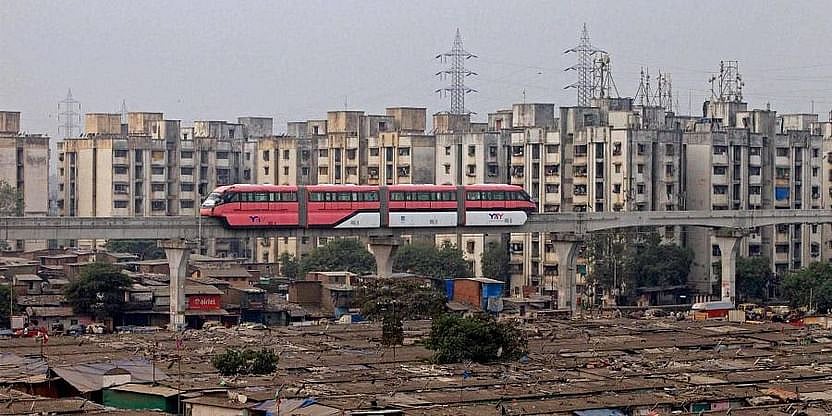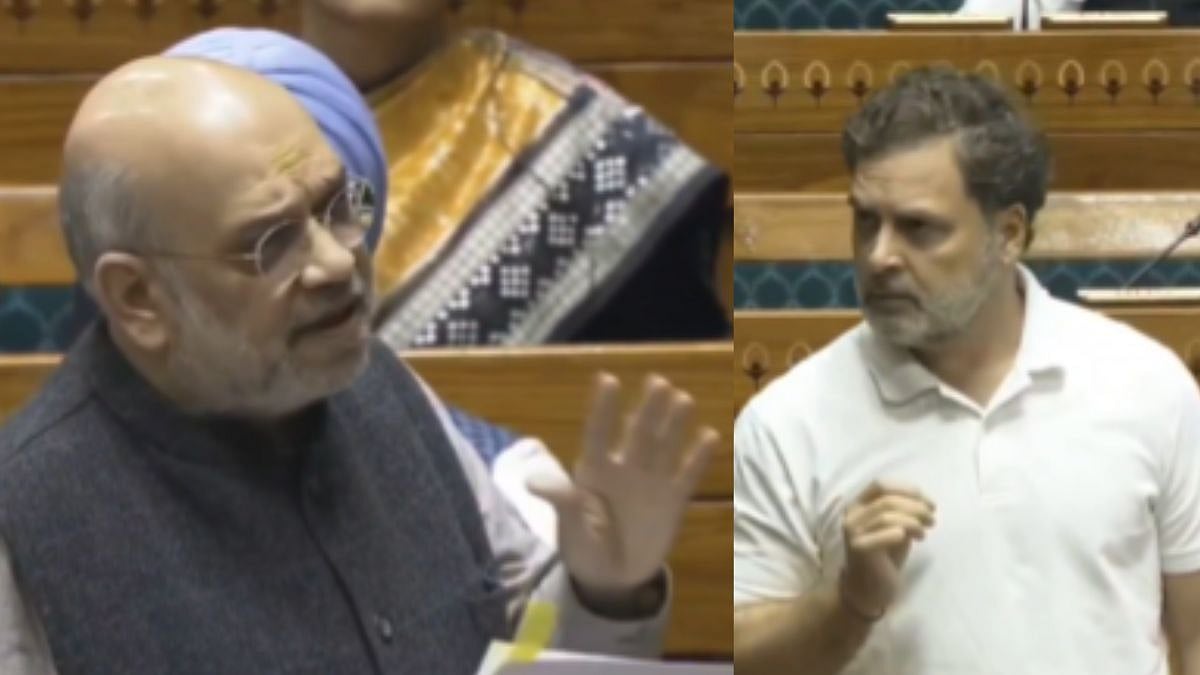In the run-up to the Brihanmumbai Municipal Corporation (BMC) election five years ago, I tracked some of the poorest and most neglected parts of Mumbai on a range of economic and social indices. The picture was, unsurprisingly, dismal.
The poorest sections of India’s richest city ranked so low on certain indices as to put the BIMARU states to shame. Among the many gut-wrenching stories of utter poverty, hunger and malnutrition, joblessness, lack of basic civic amenities such as water and sanitation was one of toilets killing people.
Yes, toilets. Public toilets in slums – now called informal settlements too – were the only ones people could use because almost no shanty had one within its tiny living area. These were mostly constructed by the BMC or the local corporator or MLA with their discretionary funds, often in record time and apparently without strict oversight to construction norms.
The toilets – filthy beyond description – would frequently flood because they were not properly connected to sewage lines, many had no water connection, and the floor of one or two toilets occasionally gave way, throwing its unfortunate user to a most gruesome death.
If this made news at all, it would be a paragraph or two in the city pages of newspapers but merited little attention beyond that. At the other end of the spectrum were billionaires in Mumbai whose numbers swelled from year to year, whose wealth and lavish lifestyles across continents, whose every personal celebration made it unfailingly to ‘news’, and whose multi-million rupee homes included multiple well-appointed restrooms (who calls them toilets in rarefied circles anyway?) in bespoke marble and fittings. Of course, no billionaire died in their restroom because its floor had given way. How ridiculous it would be to even think of such a possibility. The yawning gap between what the two washrooms represent is the face of inequality in Mumbai – affluence that’s celebrated, deprivation that’s dismissed.
It seems normal, the way life is but it should not be so. The gap is minimally captured in data and reports because we have little structured or random data on inequality in our cities, even for the large ones such as Mumbai and Delhi. However, few deny that stark inequality exists though there are strenuous explanations – academic and convenient ones – of how inequality is intrinsic to urban societies and economies, how inequality spurs personal ambitions and so on.
At the macro level, there are data and reports that have become part of our annual calendars such as the annual Oxfam Inequality Report released around the time that the world’s wealthy suits meet for their annual conference at Davos, and the World Inequality Report released by the World Inequality Lab, which is a collaborative effort of social scientists across the world to understand the drivers of inequality through evidence-based research.
Urban inequality, especially in developing economies such as India, deserves this level of multi-disciplinary study, focused attention and an annual view that captures the granular picture such as the one of sinking toilets in Mumbai’s poorest areas. The data available from municipal corporations or councils is an alternative but it is not nearly enough.
The few independent reports on the radar are good but not necessarily regular or punctual, they track different indices that may not always be comparable, and they are not obviously standardised across India’s cities so that we get a picture of how gutting and stark inequality is.
The Oxfam report released earlier this week found India fit the world pattern in which the wealthy became super-wealthy and more billionaires were added to the eclectic list last year while the world’s poor became poorer in every way. Additionally, the prosperous few now own the same wealth as the millions of poor across the world. The World Inequality Report released in December was on similar lines. The picture for India is more glaring than ever before: 98 Indians own the same wealth as the bottom 552 million Indians and the list of billionaires swelled from 102 to 142 while 84 per cent of the country’s households reported a decline in their income in the pandemic year.
The collective wealth of India’s richest 100 hit a record high of Rs 57 lakh crore (US$ 775 billion) and a mere one per cent tax on their wealth could finance Ayushman Bharat, the Central government’s national public health insurance fund, for at least seven years, remarked the report. The gap between India’s wealthiest and poorest has expanded sharply during the pandemic – more than 4.6 crore Indians fell into extreme or deep poverty in 2020, making up nearly half of the global new poor, while the wealth of billionaires increased by nearly Rs 30 lakh crore.
“The stark wealth inequality is a result of an economic system rigged in favour of the super-rich over the poor and marginalized,” observed the Oxfam report. Urban inequality is more than such chasms – yes, wide chasms rather than mere gaps – in wealth. It includes a lot more such as extreme differences in the access that people have to housing, education, sanitation, transport, jobs and more; the percentage of their monthly or weekly spends on basic necessities from their earnings, and more.
It is, however, a multi-dimensional phenomenon that touches on economic, social, political, even environmental (who gets to breathe relatively cleaner air) aspects that further intersect with caste, gender, age and formal citizenship in cities. Urban studies scholars have added the concept of spatial inequality to the list, paying attention to how city space – usually at a premium – follows the wealth inequality matrix and how the use of space can create or maintain urban inequalities. In fact, the OECD observed recently that while all cities display some level of inequality, what’s observed especially in cities of the developing world is that social inequality is being increasingly spatialised.
It is about who gets to use how much space in the city and where, who has access to what space and where, how the spatial economy (or land market) can add to inequality. At the ground level, inequality in Mumbai can make the difference between say, being crammed in tiny holes that pass for homes in slums and having private terraces in spacious homes, or blowing up lakhs of rupees in a night of revelry and paying basic food bills in a month, or having unregulated access to municipal water to wash an SUV and struggling for bare minimum buckets of water from a tanker at exorbitant rates.
The contrast in living standards seen in Mumbai are of a magnitude not seen anywhere else in the country, noted the last Human Development Report a decade ago. The contrast, it’s fair to say, has only deepened since. It’s not enough to have reports.
The urgent need is for the political class to address the multi-dimensional inequality fair and square – tax the super-wealthy and provide the basic minimum for those at the bottom of the pyramid. To discuss these aspects is a good place to start. The Oxfam report was provocatively titled “Inequality Kills”. The poor knew it all along; ask those who queue up at public toilets in say, M-East ward in Mumbai.
(Smruti Koppikar, journalist, urban chronicler and media educator, writes on politics, cities, gender and development. She tweets @smrutibombay and surfs Insta on @bombayfiles)


.jpg)







